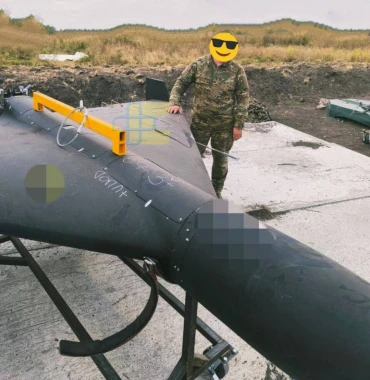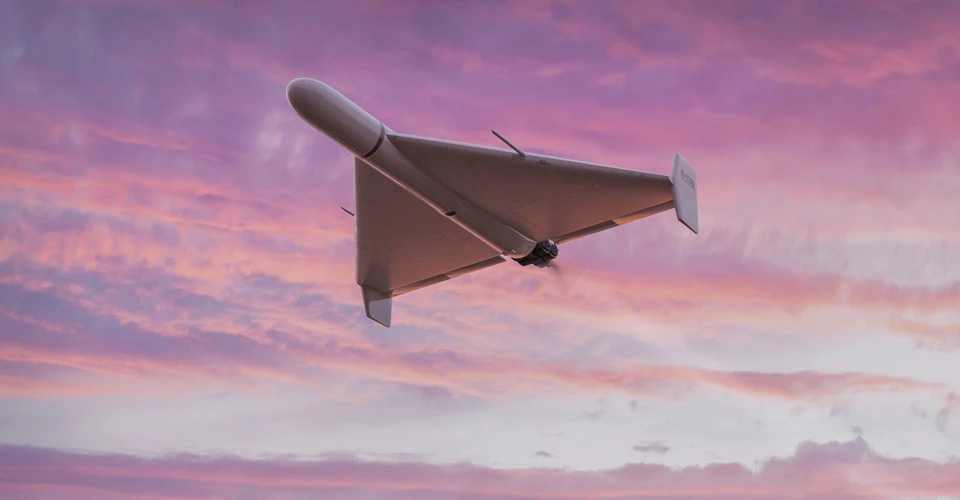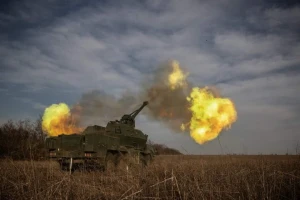
Hitting Shahed drone warehouses is only real option to destroy them – Defense Express
The first clear image of Shahed launch sites during the war reveals why these UAVs are hard to destroy early on
This is according to Defense Express.
During Russia's full-scale invasion, the first daylight image of a Russian Shahed-136/131 'kamikaze' drone launch site surfaced online.
This image is crucial because it reveals specific details about how the Russians set up their Shahed launch pads. It also explains why it's tough to take out these Shahed-136/131 drones at their launch points, making the strategy of hitting their storage sites with long-range missiles seem much more effective.

Photo: Defense Express
First off, notice that the Shahed's launch tripod sits on a small concrete slab, just about the size of the drone itself. With a wingspan of 2 meters and a fuselage length of 3 meters, we’re talking about an extremely small object here, one that’s very hard to hit even with the most advanced precision weapons.Moreover, based on markings on the drone, it seems likely that the Shaheds arrive at the launch site already armed with warheads and filled with aviation fuel, and that all the prep work happens off-site.
This detail suggests that the Russians don’t store fuel or warheads at the launch pads, which rules out the possibility of causing secondary explosions by hitting them.
These points become even more frustrating when we consider that the Russian Shahed launch sites are located just 200 kilometers from Ukraine’s border, as previously highlighted by Defense Express.
However, when it becomes clear that targeting the Russian Shahed-136/131 storage warehouses is the only real option, the challenge grows even further. The Russian forces, following the example of Hamas and Hezbollah, are hiding their 'kamikaze' UAV warehouses within civilian infrastructure, making them even harder to strike effectively.
- News














































